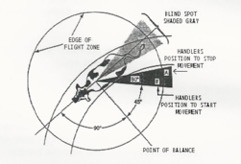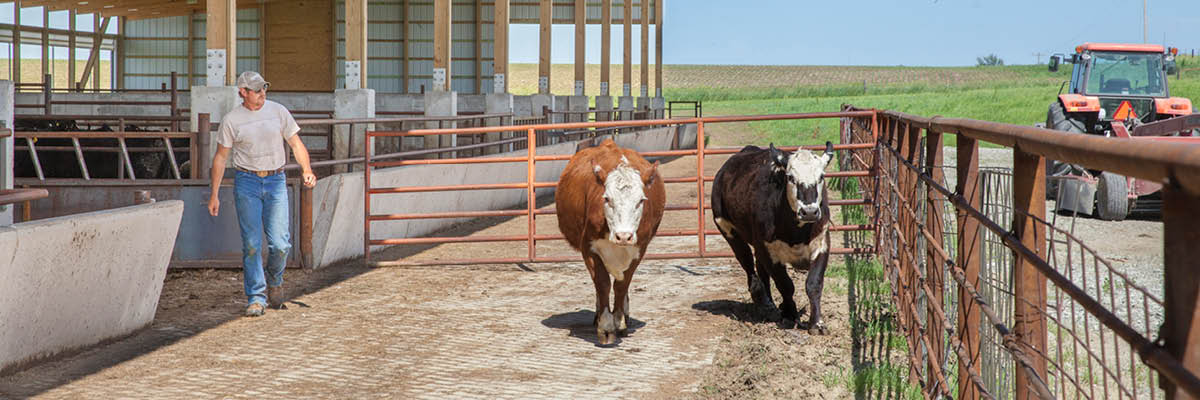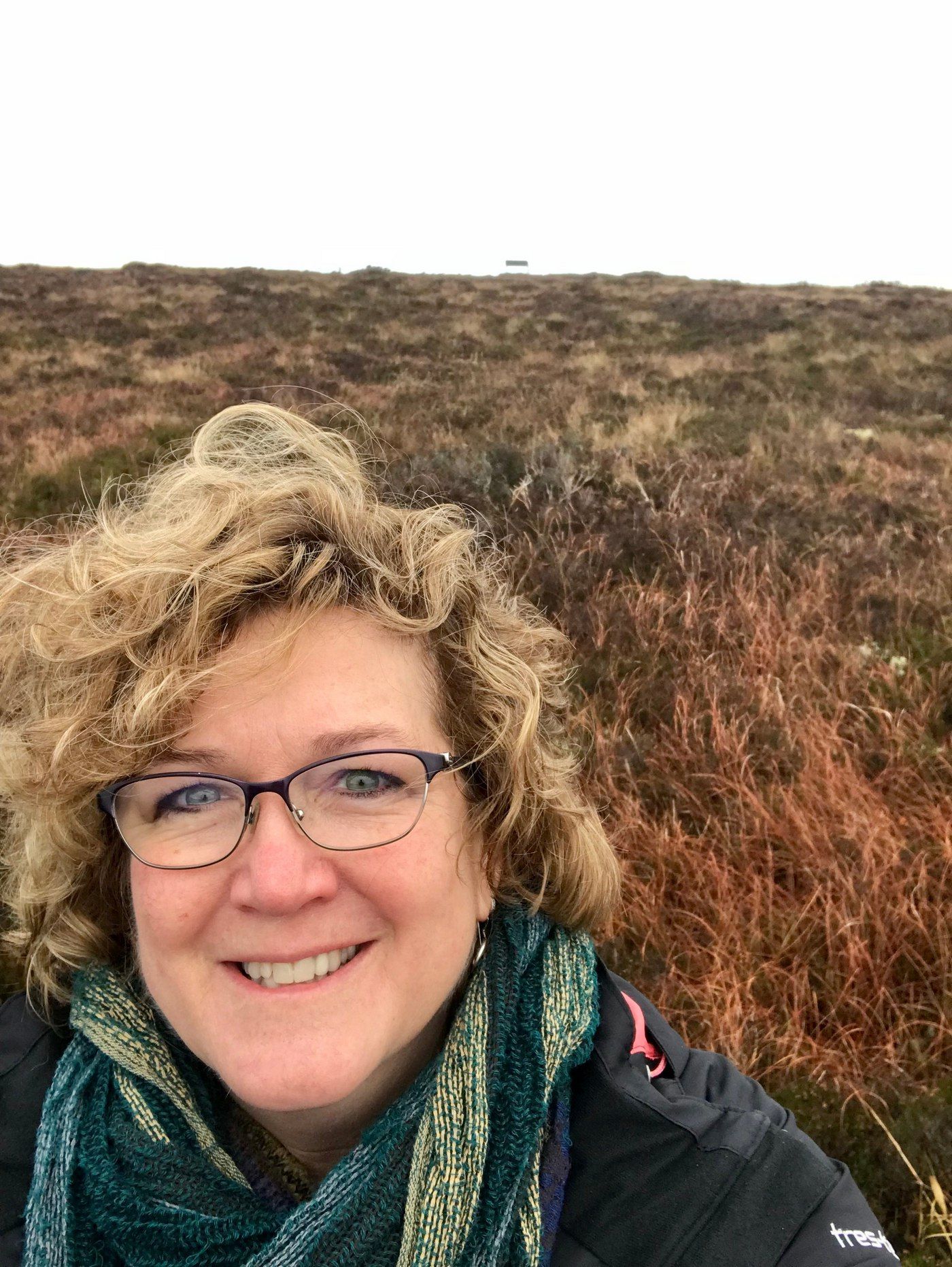Understanding Cattle Behavior
There are three basic ways to communicate with cattle: sight, sound and touch. Cattle prefer to communicate through line of sight, so designing a building with a thorough understanding of the links between their eyesight and their movement and behavior is critical.
According to Dr. Ron Gill from Texas A & M University, there are five basic principles of cattle behavior that when used properly can improve the ease of working with cattle while reducing stress.
The five basic principles are:
- Cattle want to see you and have excellent peripheral vision. It’s better to move from side to side than working from behind the cow.
- Cattle want to be around you and this is related to the desire to maintain visual contact.
- Cattle want to be with and will go with other cattle, so when wanting to move cattle, start at the front. The others will follow.
- Cattle want to remove stress and will naturally return to the last known safe or comfortable place. The simple principle of the return box or “Bud Box” take advantage of this instinct.
- Cattle can only process one main thought at a time.

In confinement operations, like monoslope buildings, it’s especially important to understand what cattle are thinking so that you can minimize stress for them. It’s harder for them to move away from the handler and completely remove the pressure.
In a very simple explanation of stress – “if you decide to do something it is not stressful; if you are forced to do something, it will be stressful.” Handlers need a sound understanding of flight zone and point of balance.
The flight zone or “pressure zone” refers to the area around the cow where it feels uncomfortable and perceives pressure. Movement in this zone will elicit a response away from the intrusion. Stockmen must learn to anticipate, read and manage this boundary area.
It is also important to understand and manipulate the point of balance. Point of balance varies greatly among animals and is influenced by pressure from front and behind, draw of cattle ahead, push of cattle behind and whether or not they are comfortable going by the handler.
Ready to learn more about our facilities? Request your FREE Improving Cattle Profits Info Kit Now.
Do you have more questions that are not covered in this article? If you need help designing and planning, please contact Summit Livestock Facilities at 800.213.0567 or click here to email us. If you are ready to get a price, click here to request a quote and a member of our customer engagement team will help you determine the next steps of your project.


